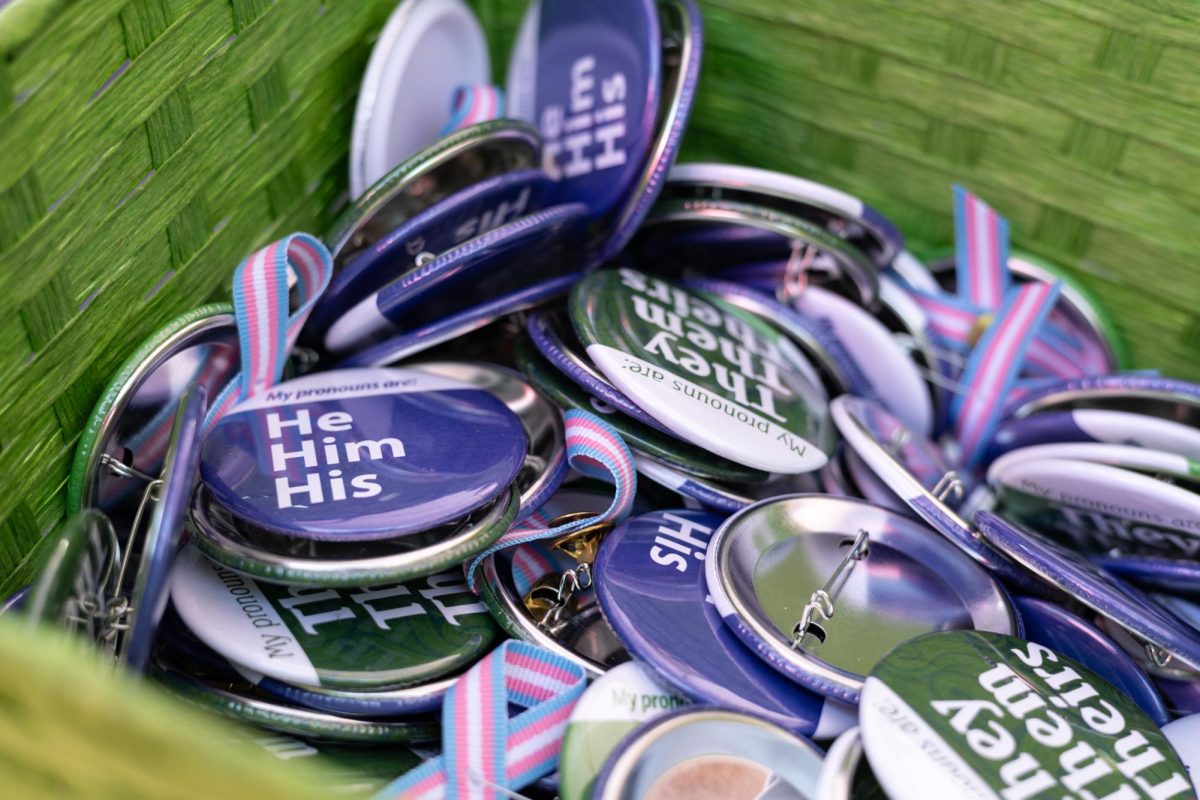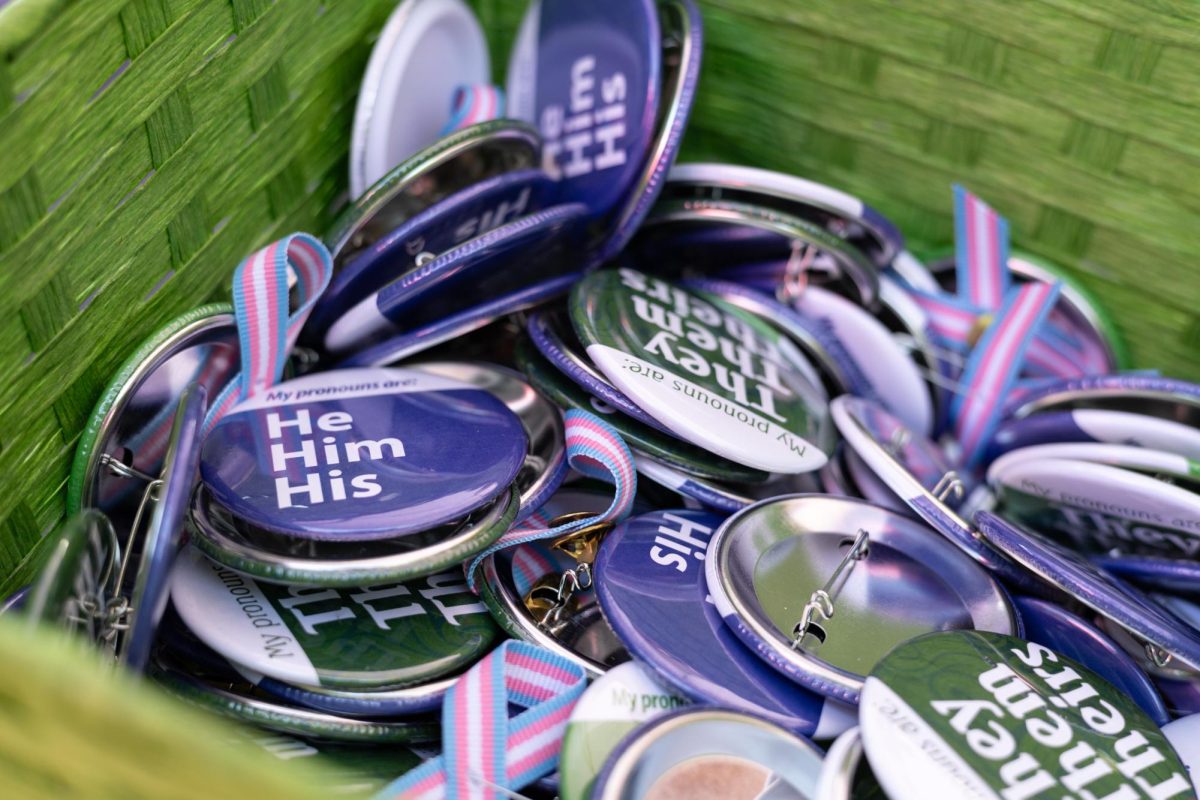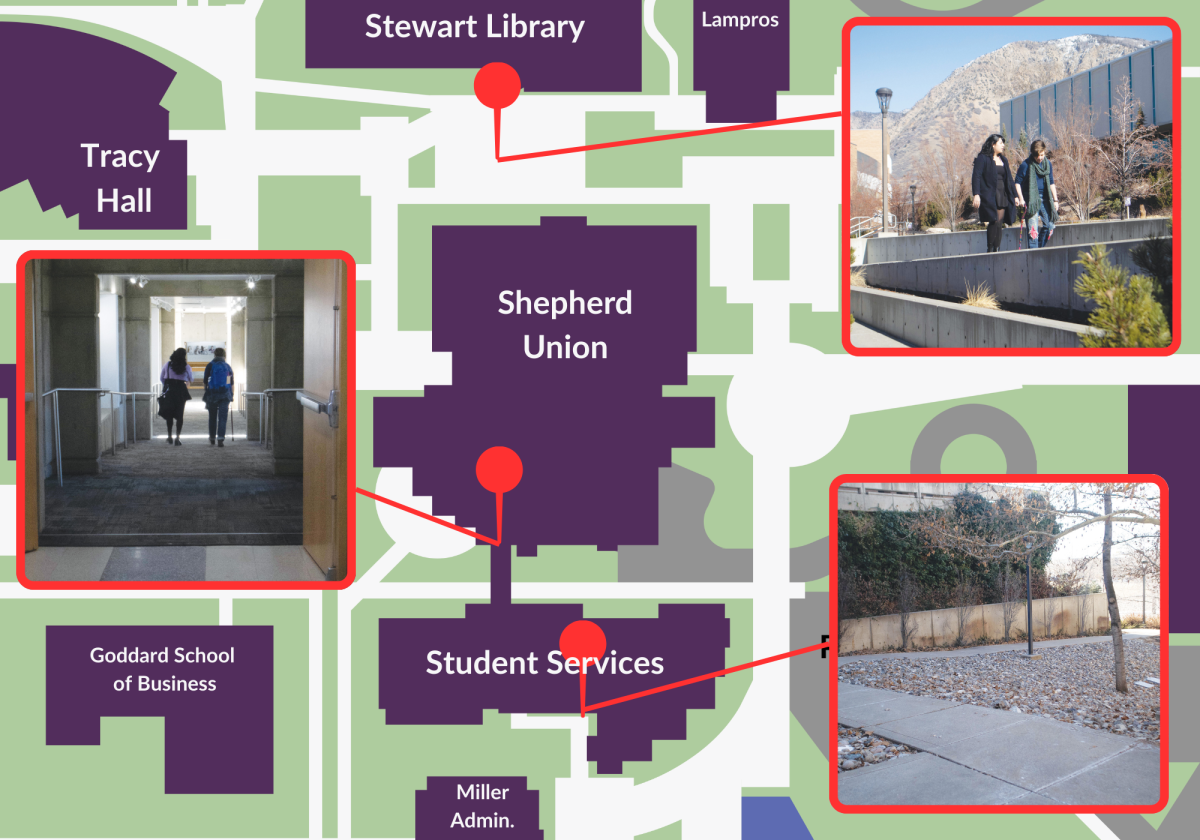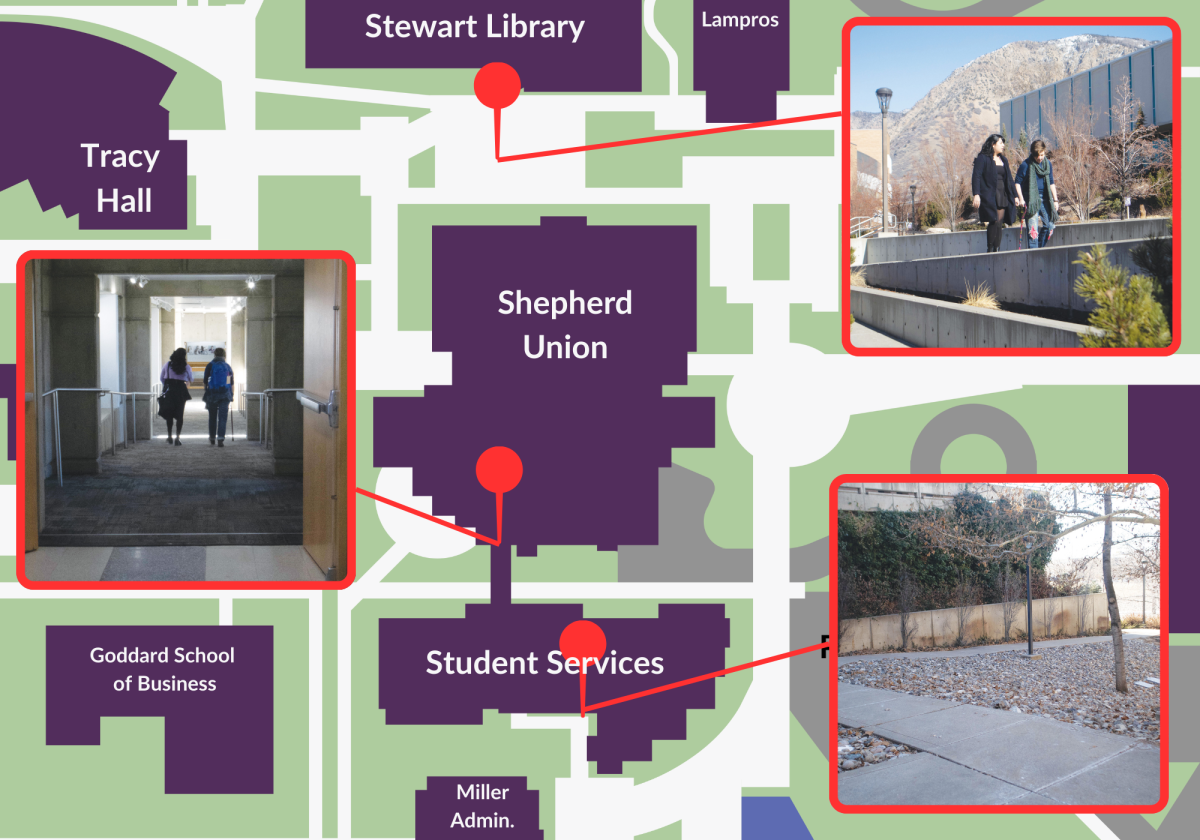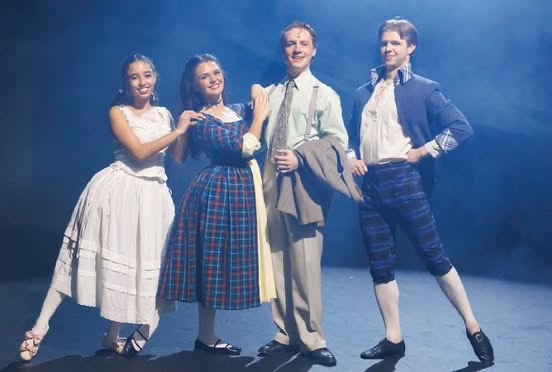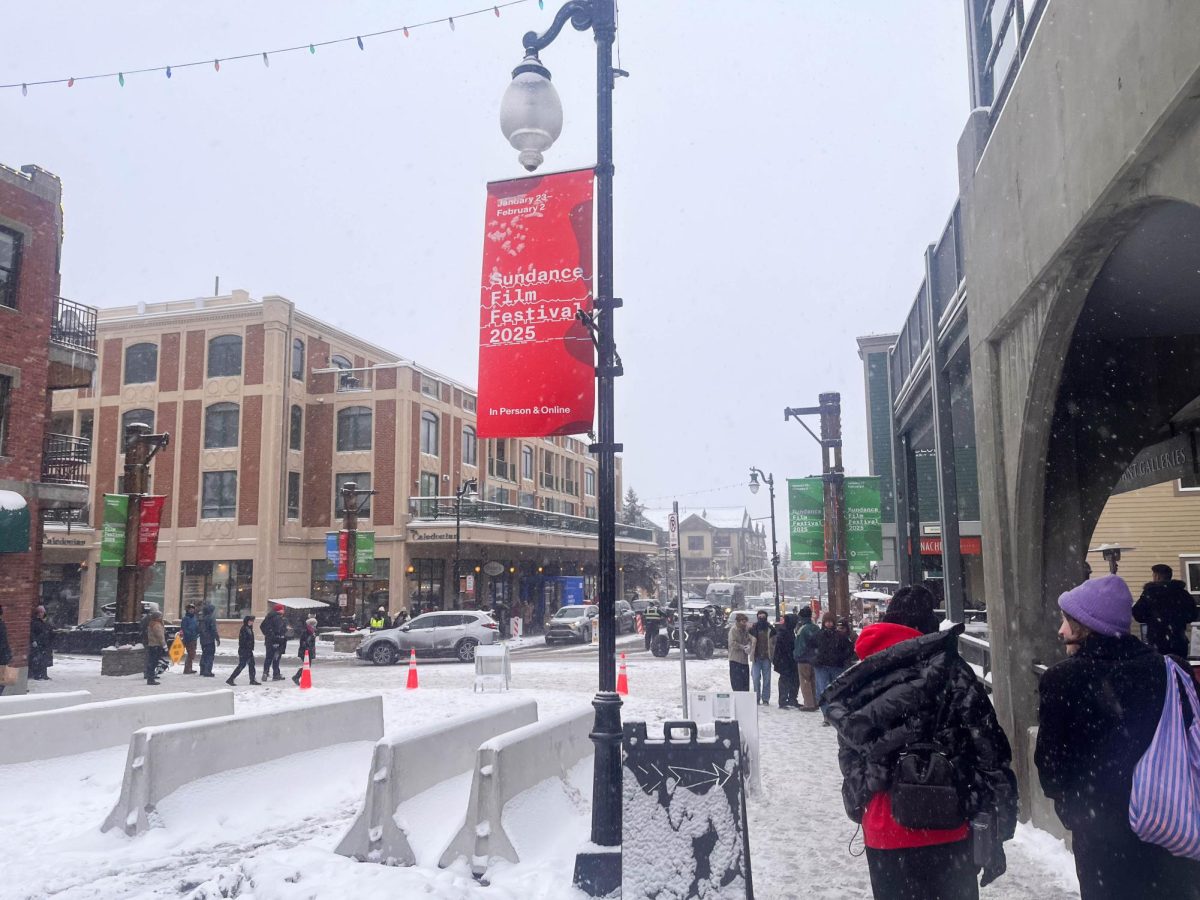As the culmination of semesters of hard work, graduating art students present their work each semester as part of the Bachelor of Fine Arts Thesis Exhibition.
The opening reception of the 2017 Fall BFA Thesis Exhibition will be held Dec. 1 at 7 p.m. in the Mary Elizabeth Dee Shaw Gallery.
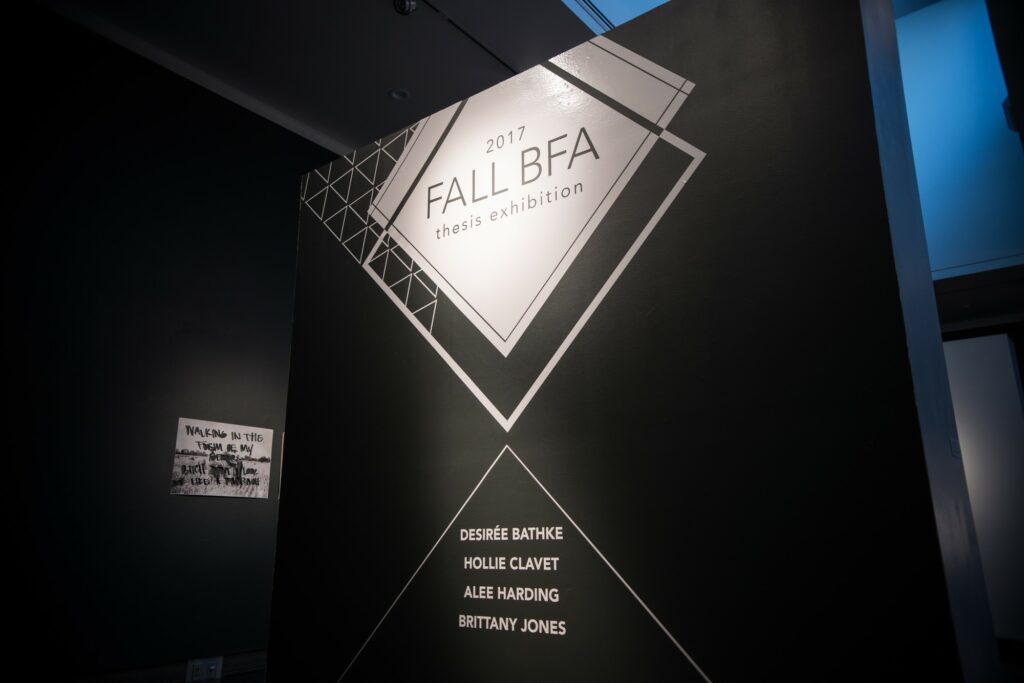
This exhibition will showcase the thesis artwork pieces for each of the students graduating at the end of the semester with a Bachelor of Fine Arts degree.
The artists being featured are Desirée Bathke, Hollie Clavet, Alee Harding and Brittany Jones.
There is no encompassing theme for the exhibition, as each artist has come up with their own messages they want to portray through their pieces.
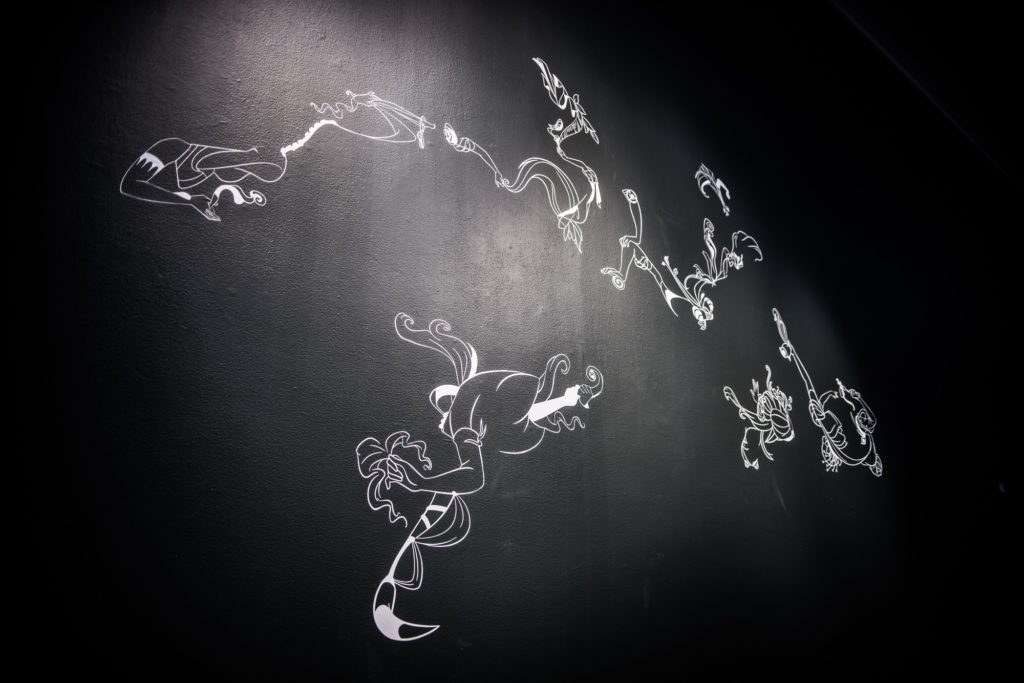
Clavet created her piece to focus on hunting: the intimacy and reality of the sport and the struggles a hunter has with overcoming quick judgements about the sport. She used the emotions in her own experiences while hunting as a base.
“It’s a lot more than just the killing,” she said. “It’s the connections that you get with nature, it’s the connections that you’re spending with the people that are around you, it’s the memories that you make.”
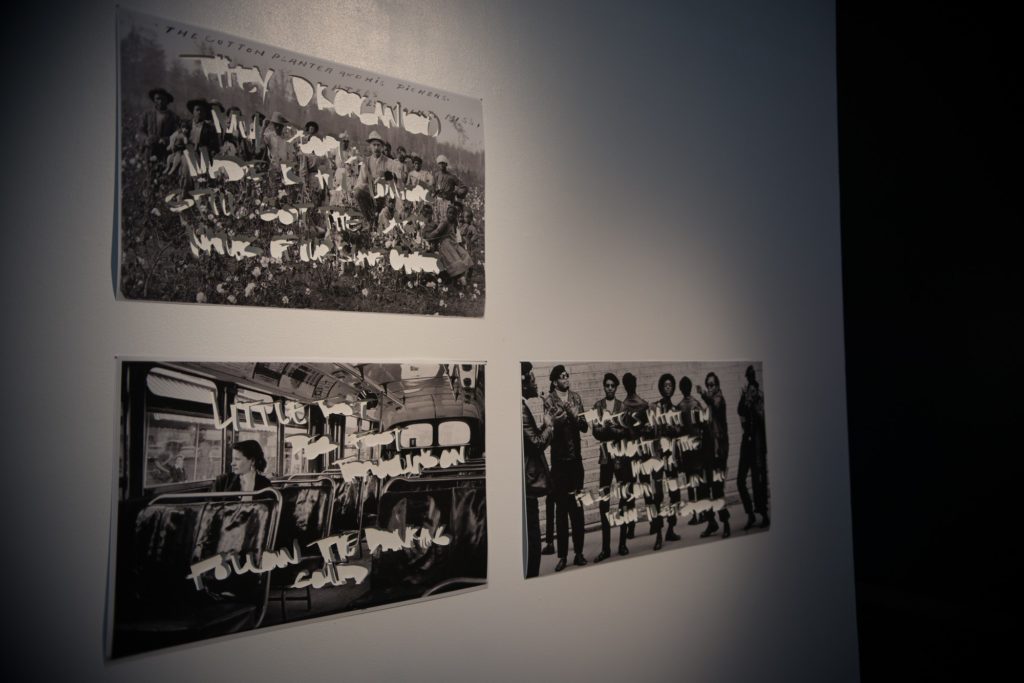
Clavet adds that while hunting, hunters gain a respect for the animals they’re pursuing, learning about them in their natural habitats and how their bodies work and have evolved over time, and hunters create a connection with the animals that’s more than just hunter to prey.
Harding took a musical approach to her piece. She used song lyrics by African-American artists pertaining to African-American culture, choosing from a range of modern rap to old songs used on the Underground Railroad.
She then combined them with images from critical points in African-American history, like the Civil Rights movement and the Watts riots.
“My project … [shows] how lyrics are still a form of communication, even if it might be sort of unclear to a good majority of people. There’s still some meaning behind it … I feel like that’s something people can relate to,” Harding said.
Both artists said emotion plays into all forms of art, and it’s the artist’s job to express their emotions how they’re feeling them.
If people who view their art don’t understand the same emotions, then it shouldn’t be a negative experience for the artist. Rather, it should be a chance to find those who do understand the emotions in the piece.
Harding and Clavet both agree that the best advice to their BFA underclassmen is to not let others tell them how to make their art.
“Art speaks to different people in different ways,” Clavet said. “But what you have to be willing to do is to move past all those barriers of people trying to guide you, and to be able to say, ‘I’m going to do it this way, because this is how I feel.'”
“People might hate it or love it, but as long as you can, you know, talk about how you’re feeling and really try to put that in your work, it’ll probably work out fine,” Harding said.


